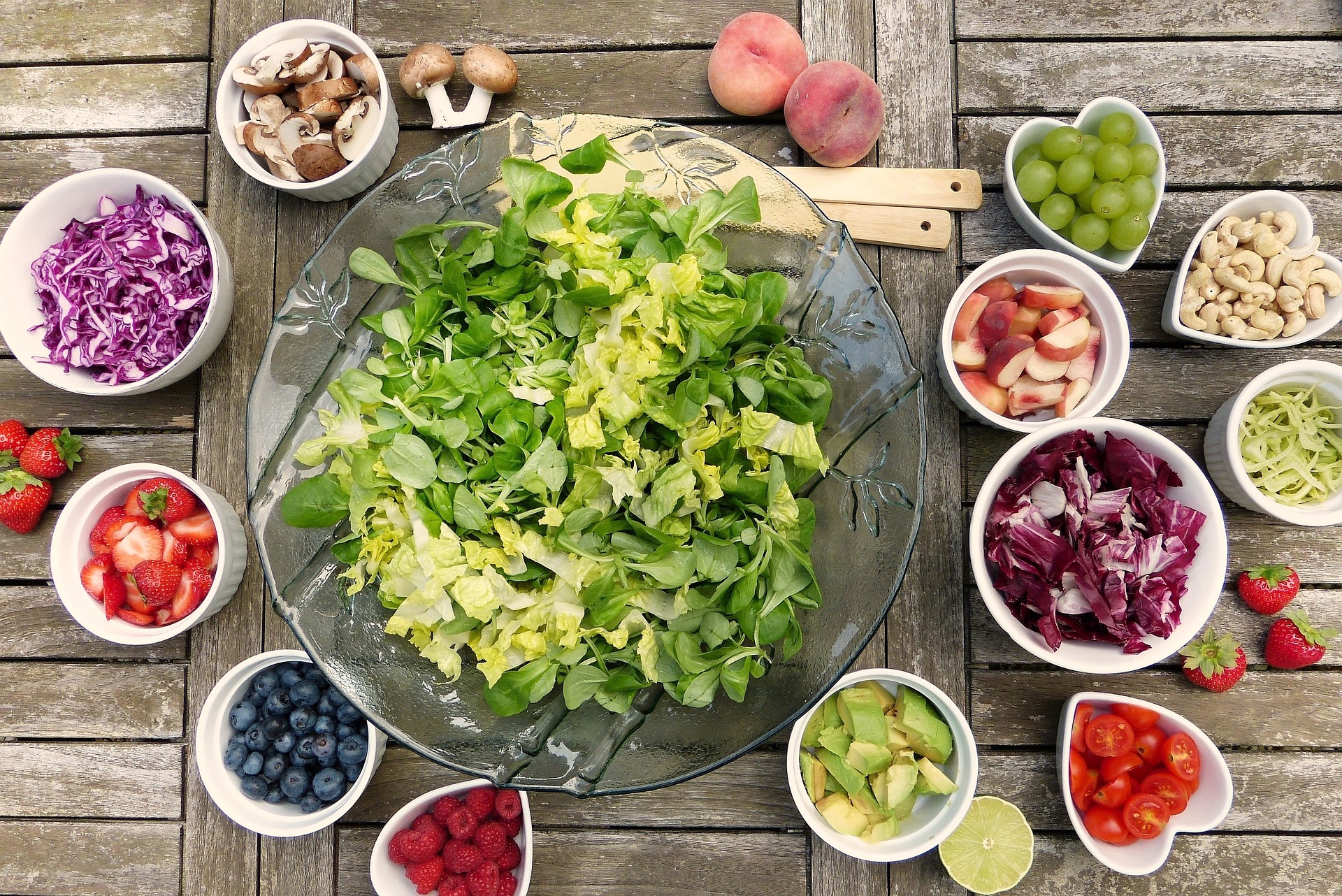Discovering the Wonders of Vietnamese Street Food
Imagine strolling through a bustling market in Vietnam, the air rich with the tantalizing aromas of an array of street foods. The sizzle of frying pans and the chatter of vendors complete the sensory orchestra. Welcome to the vibrant world of Vietnamese street food, a culinary treasure trove waiting to be explored.
A Melting Pot of Culinary Delights
Vietnamese street food is a testament to the country’s rich cultural history and geographic diversity. From the northern region’s hearty phở to the central region’s spicy bún bò Huế and the southern region’s sweet bánh mì, each dish tells a unique story. What sets Vietnamese street food apart is its emphasis on fresh ingredients, balanced flavors, and textural contrasts.
Phở: The Quintessential Vietnamese Dish
Phở, a comforting bowl of aromatic broth, tender beef, and silky rice noodles, is the undisputed star of Vietnamese street food. While commonly enjoyed for breakfast in Vietnam, its appeal transcends time constraints, making it a beloved meal any time of the day. Despite its simplicity, mastering the art of phở involves hours of simmering the broth to achieve the perfect harmony of flavors.
Bánh Mì: A Testament to Fusion Cuisine
Bánh mì, Vietnamese sandwiches, showcases the country’s French colonial influence. A crisp baguette filled with pâté, pickled vegetables, and various meats, it’s a perfect balance of textures and flavors. Its popularity has spread worldwide, but nothing compares to tasting a freshly made bánh mì from a busy street cart in Vietnam.
Bún Chả: A Feast for the Senses
Originating from Hanoi, bún chả features grilled pork served with rice vermicelli and fresh herbs. The dish gained international fame when former US President Barack Obama enjoyed it with the late celebrity chef Anthony Bourdain. The key to a good bún chả lies in the marinade for the pork and the nuoc cham, a tangy, sweet, and spicy dipping sauce.
The Art of Eating Street Food
To fully appreciate Vietnamese street food, one must also learn the art of eating it. From the correct way to hold chopsticks to the skill of slurping noodles, these nuances enhance the eating experience.
-
Phở is typically enjoyed with a spoon and chopsticks, with the broth sipped directly from the bowl.
-
Bánh mì is usually eaten by hand, with bites taken from one end to the other.
-
Bún chả requires skillful chopstick use to pick up the noodles, dip them in the sauce, and then eat them with the grilled meat and herbs.
The world of Vietnamese street food is a culinary adventure that offers a peek into the country’s culture and history. With its bold flavors, fresh ingredients, and distinctive techniques, it promises an unforgettable gastronomic journey. So the next time you’re in Vietnam, follow your nose to the nearest street food stall and let your taste buds explore. Remember, the best food experiences often come not from fancy restaurants, but from humble street carts and bustling markets.





